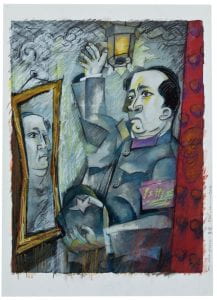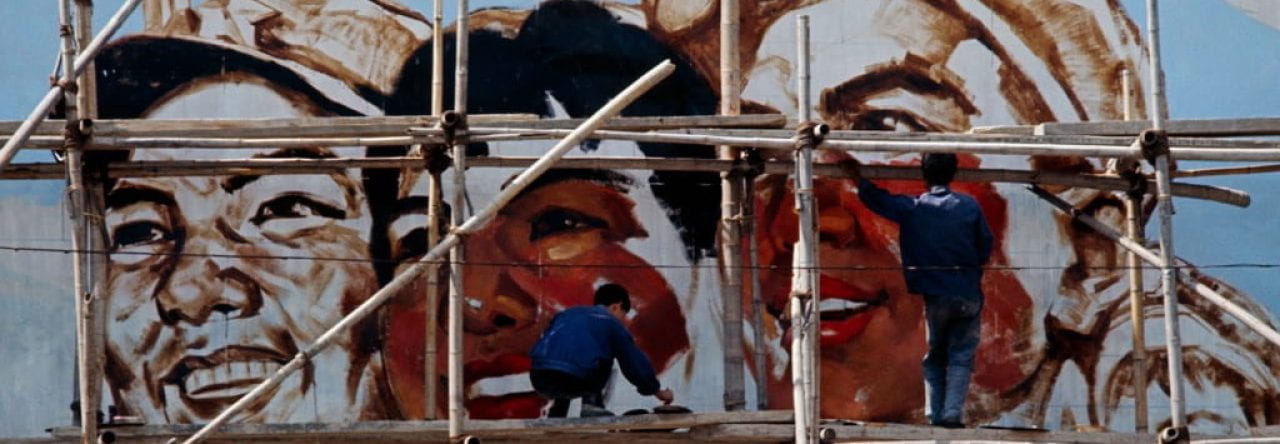Zhang Hongtu is a Chinese artist living and working in Queens, New York. He was young at the beginning of the cultural revolution in Beijing. Members of his family lost jobs and were killed as a result of his being muslim and overall violence of that political era, so Mao and the cultural revolution heavily influences his work. Zhang’s style is contemporary with a pop art technique. I was drawn to his art because of the humor that radiates from his works. His portfolio is fun and funny with a flare that we only just started seeing from some of the modernism we are looking at in class which makes sense because Zhang made many of his works in the 1980’s. I also like the sense of rebellion his art portrays as the portraits and sculptures he creates are of highly controversial and oftentimes taboo topics that would likely be seen differently if viewed in china rather than America.
For my exhibition, I would like to highlight the work Zhang Hongtu does in relation to the image of Mao. In class we studied the importance and historical significance of Mao’s image; how it has been policed and micromanaged ever since he came into power. Zhang Hongtu has many images of Mao that he made throughout the 80s and 90s. I would like to take some images of Mao made by Zhang Hongtu, and some made by other sanctioned artists (Mao’s Tiannamen portrait, portraits painted by the red guards, portraits allowed by Zhang’s wife) and juxtapose them in the same space. The goal is to reveal how an image of a person changes when there is complete artistic freedom versus when the artist is confined to the rules and regulations of a certain regime.
Below, I’ve included one image of Mao by Zhang Hongtu, and the current painting of Mao Zedong inn Tiananmen Square. The portrait by Zhang is called “Mao After Picasso” and it is from 2012. I plan on placing these two images adjacent to each other in a very prominent area of the exhibit. I think they show exactly what I am looking to portray in this exhibit. Because of the colors, angles, expressions and overall compositions, these are two completely different Mao’s. When walking around this exhibit, I hope the audience would question not only Mao Zedong, but leaders and politicians in their own life and how imagery sanctioned by those in power changes their perspective of the person. Because, even something as simple as the shape of their face, can completely change a persons persona.


“Q. and A.: The Artist Zhang Hongtu on Appropriating Mao’s Image.” New York Times, March 21st, 2016, https://www.nytimes.com/2016/03/22/world/asia/zhang-hongtu-artist-mao-china.html


Georgia Baer
This seems like a really interesting theme! Your post made me think about how the end result of a painting can be influenced by environmental factors. You mentioned that the interpretation of Mao’s portrait changes depending on what is happening around the artist. The abstracted portrait of Mao shows more of the artist’s hand and convey’s a specific message that a realistic portrait cannot. I’m wondering what other expressive/abstracted pieces Zhang Hongtu has created.